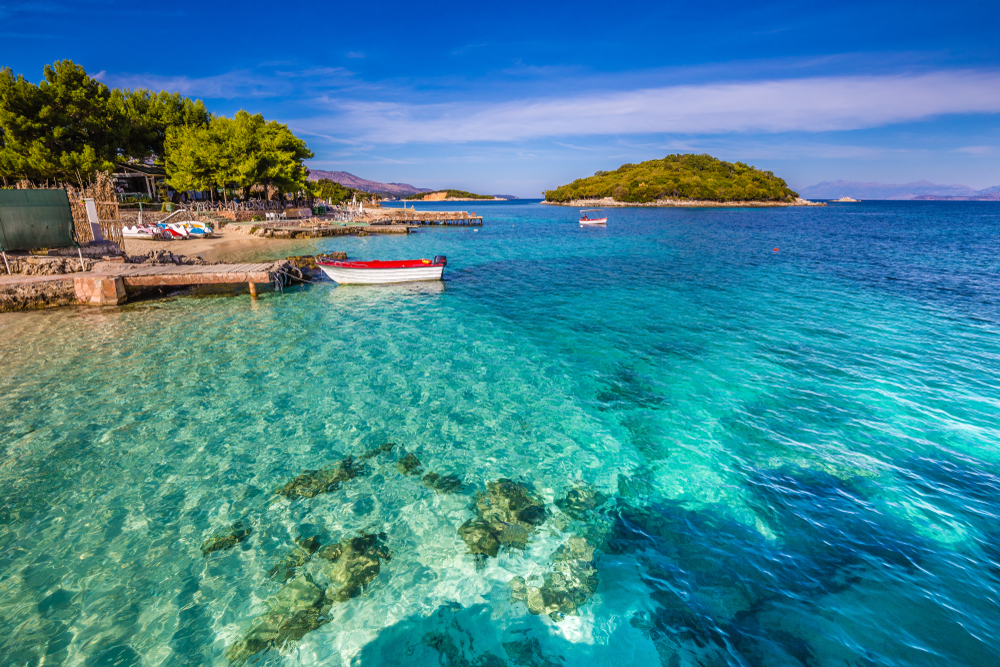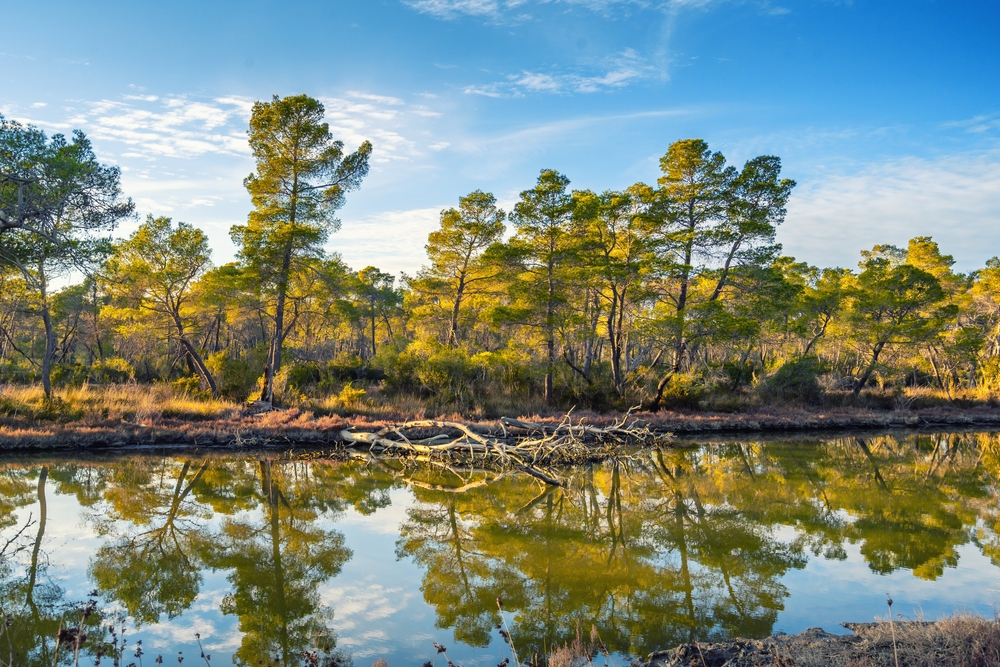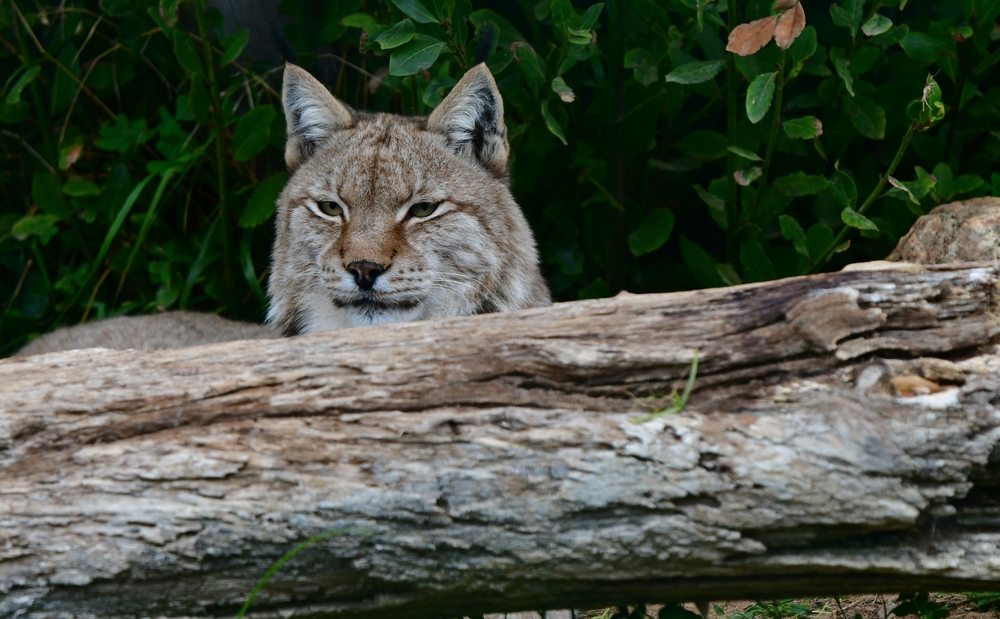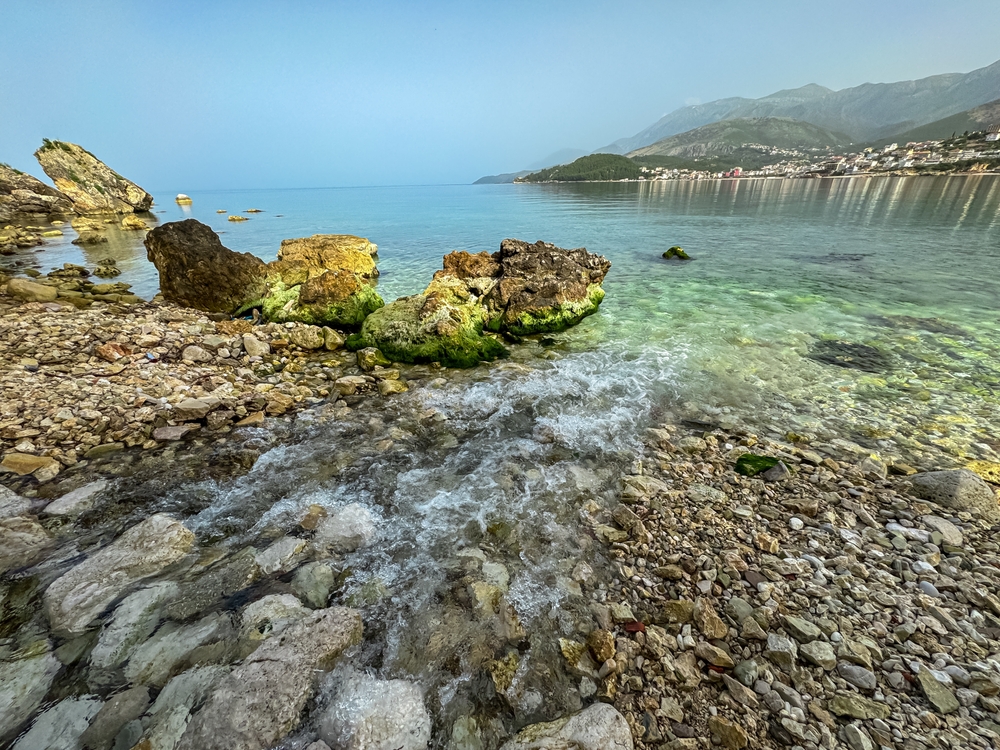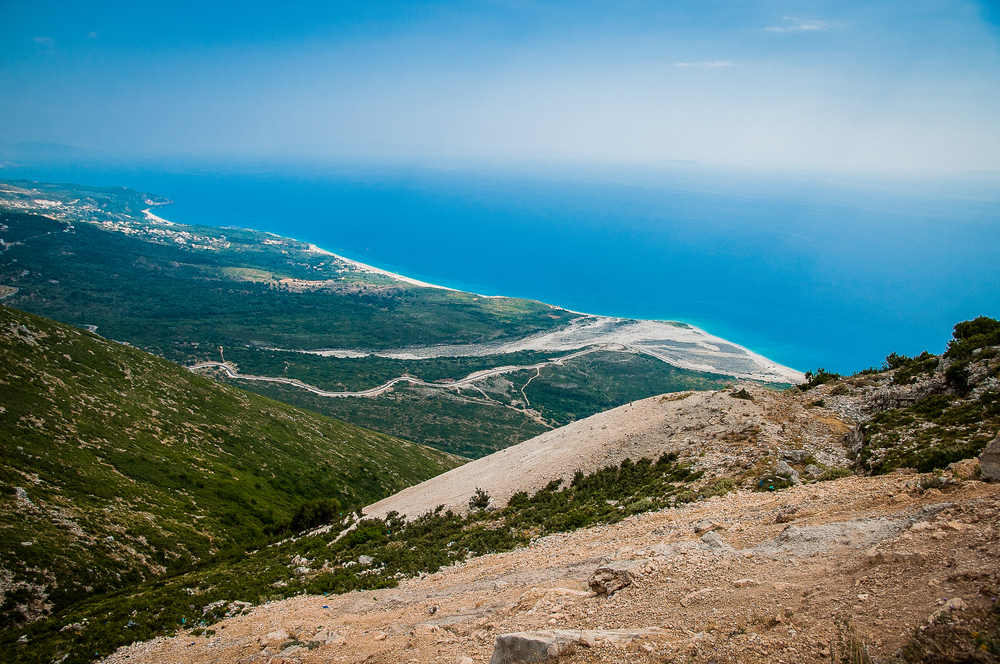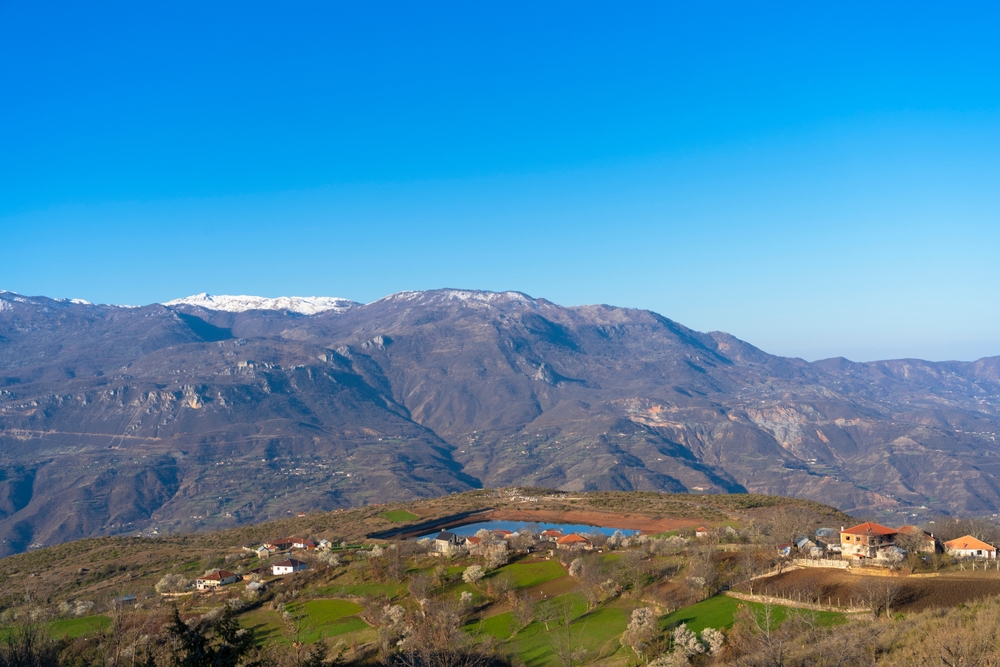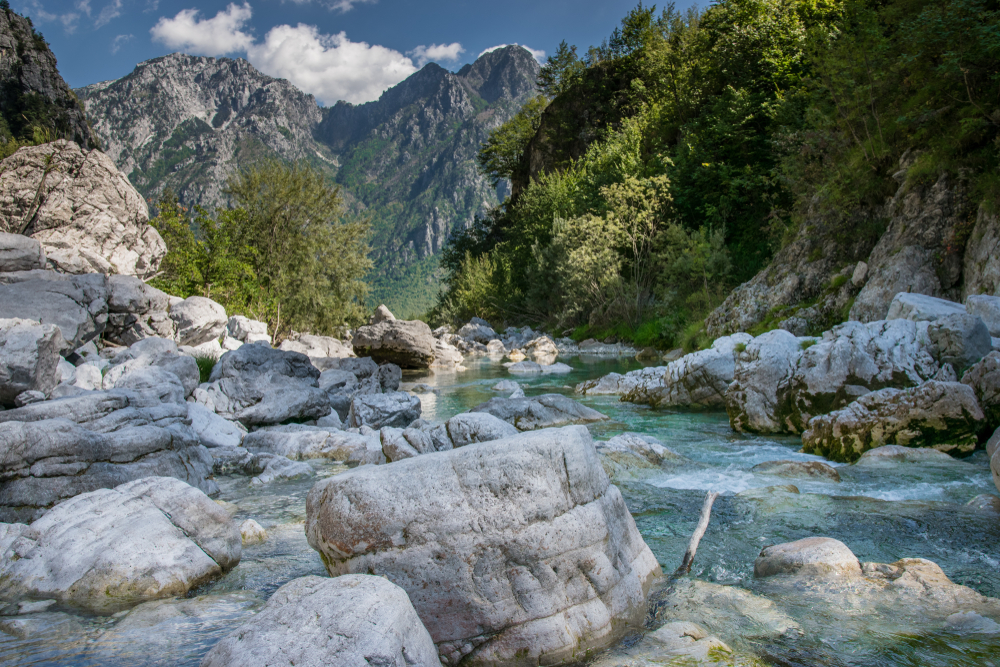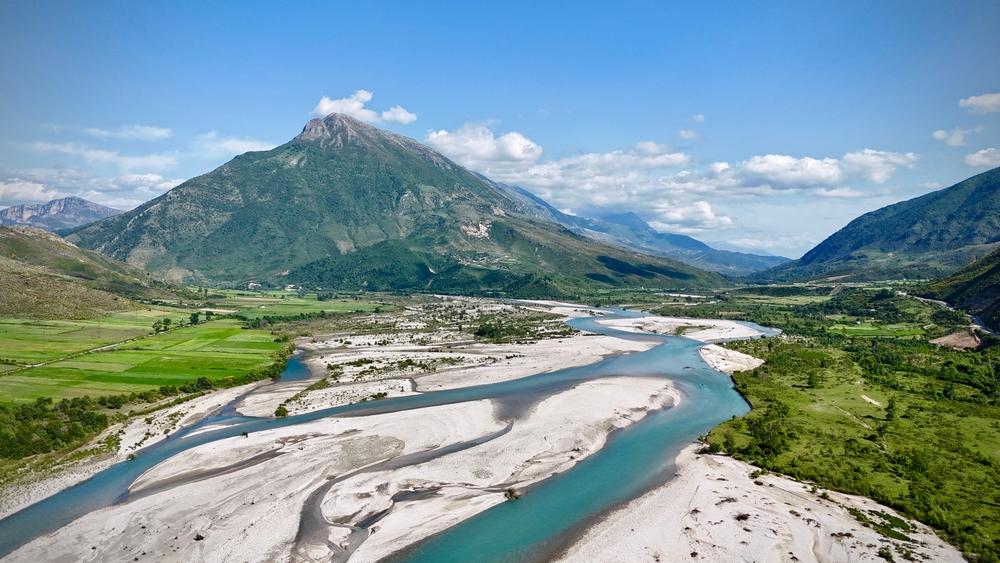Albania, a country in the Balkans renowned for its stunning landscapes and rich biodiversity, is home to several national parks that protect its unique natural heritage. These parks, encompassing everything from rugged mountains to serene coastal areas, offer visitors a chance to explore Albania’s diverse ecosystems and experience its breathtaking scenery.
Butrint National Park, located in the southern part of the country near the Ionian Sea, is a UNESCO World Heritage Site known for its archaeological significance and natural beauty. Covering approximately 94 square kilometers, the park features ancient ruins from Greek, Roman, and Byzantine civilizations set amidst wetlands, forests, and lakes. Visitors can explore the historical sites, including a well-preserved theater and basilica, while enjoying the park’s rich biodiversity, which includes various bird species and marine life.
Theth National Park, situated in the Albanian Alps in the north, covers an area of about 263 square kilometers. Known for its dramatic landscapes, the park is characterized by towering peaks, deep valleys, and crystal-clear rivers. Theth is a paradise for hikers and nature lovers, offering numerous trails that lead to stunning waterfalls, traditional stone houses, and breathtaking viewpoints. The park is also home to diverse wildlife, including lynx, bears, and eagles.
Llogara National Park, located in the southwestern region of Albania, spans approximately 10 square kilometers. The park is nestled in the Ceraunian Mountains and offers spectacular views of the Ionian Sea. It is famous for its dense pine forests, high mountain passes, and the iconic Llogara Pass, which provides panoramic vistas of the coastline. Visitors can enjoy hiking, paragliding, and picnicking while exploring the park’s rich flora and fauna.
Valbona Valley National Park, also situated in the Albanian Alps, covers around 80 square kilometers and is renowned for its pristine natural beauty. The park features rugged mountains, alpine meadows, and the turquoise waters of the Valbona River. It is a popular destination for outdoor enthusiasts, offering activities such as hiking, camping, and fishing. The park’s diverse ecosystems support a variety of wildlife, including wolves, chamois, and numerous bird species.
Divjaka-Karavasta National Park, located along Albania’s Adriatic coast, encompasses approximately 222 square kilometers. The park is famous for the Karavasta Lagoon, one of the largest wetlands in the Mediterranean, and is an important habitat for numerous bird species, including the endangered Dalmatian pelican. Visitors can explore the park’s diverse landscapes, which include sand dunes, salt marshes, and forests, through birdwatching, boat tours, and nature walks.
Albania’s national parks are crucial for conserving the country’s natural and cultural heritage. They offer a diverse range of eco-tourism experiences, allowing visitors to discover the stunning landscapes and rich biodiversity that make Albania a unique and captivating destination










































































